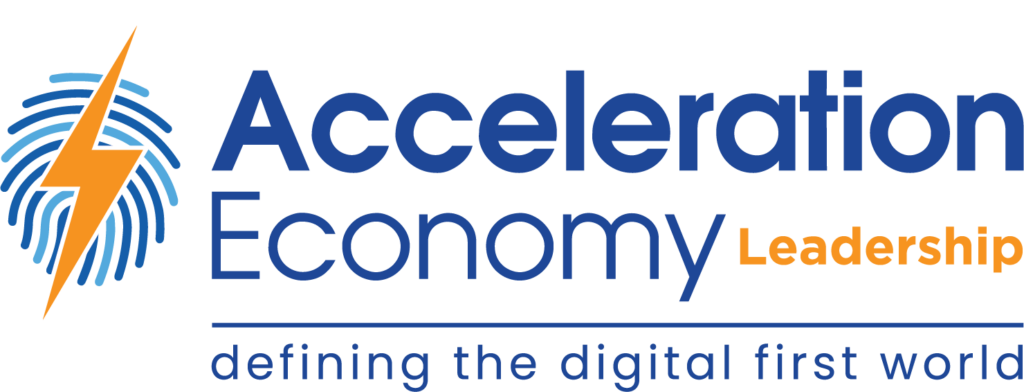As a mid-sized manufacturing company CIO, I love looking for new technology that can help our organization and others do more with less. In recent months, I have been especially intrigued by automation (meaning digital automation, rather than physical automation, such as robotics). A manufacturing company has sales, purchasing, accounting, and marketing processes, all of which can benefit from automation. There are plenty of case studies and target marketing that make clear how to automate those business areas, but I must admit that I have struggled somewhat when looking for low-hanging fruit in automating manufacturing. Terms like RPA (robotic process automation), hyper-automation, and intelligent automation, can be confusing and often leave me asking how these technologies could directly benefit our manufacturing processes, particularly on the shop floor.
One of my fellow Acceleration Economy analysts, Tom Smith, told me about Automation Anywhere, a company that is bringing some exciting solutions to the automation space. He arranged a call with CTO Prince Kohli so that I could gain a better understanding of what differentiates Automation Anywhere as well as insight into how its technology might benefit manufacturing companies. I thoroughly enjoyed the conversation. Mr. Kohli is clearly passionate about Automation Anywhere’s framework and was happy to go into detail about its approach and what makes it unique.
Who They Are
Automation Anywhere has been around since 2003. It was originally called Tethys Software until 2010, when it was renamed after its flagship product. Prince Kohli joined the company as chief technology officer in 2018, and his first initiative was to launch a cloud strategy with leading global cloud companies (i.e., Amazon Web Services (AWS); Microsoft Azure; Google Cloud, and IBM Cloud). Over the next couple of years, Automation Anywhere raised more than half a billion dollars in funding. In 2019, it formed the Oracle Cloud technology alliance to advance RPA, followed by the launch of Automation 360, the first cloud-native, AI– (artificial intelligence-) powered RPA-as-a-Service Platform to accelerate global RPA adoption.
Since then, the company has announced several strategy partnerships and launched multiple products, including AARI (Automation Anywhere Robotic Interface), the RPA industry’s first digital assistant at work. It now has more than 2.8 million bots deployed worldwide and works with 2,100 business partners and more than 3,200 customers globally. It describes itself as “the cloud RPA company” whose solutions allow you to “discover, digitize, automate and analyze processes with one integrated platform.”
What They Do
In Automation Anywhere’s words, it’s in the business of “empowering you with bots. We deliver intelligent process automation 3x faster and at 1/5 the cost.” Delivering a cloud-native intelligent automation platform allows Automation Anywhere to provide a framework that is much simpler to use than competitors’ offerings. The AARI digital assistant makes it possible for anyone — not just highly-trained technology experts— to automate their business processes. This is an important differentiator for me. I operate with a very lean information technology (IT) staff, which can make it challenging to implement new technologies when those products require extensive training and experience before you can reap the benefits. Products like Automation Anywhere allow small teams like mine to focus on enabling business users to get involved in automating the processes that make the biggest impact on operational efficiency.
I asked Mr. Kohli for a specific example of how this framework might directly benefit our manufacturing processes. He described the way one of its customers had successfully automated its semiconductor wafer quality control. With Automation Anywhere solutions, it integrated the image output of an electron microscope with AI that was programmed to spot anomalies and then sort the wafers into various bins depending on the predicted reliability. Using this approach, it was able to achieve an over 99% sampling rate. I immediately began to understand how this technology stack could be used to pull sensor data from our plastics manufacturing lines and rapidly make quality decisions in real time. These process improvements could provide significant savings in scrapped product, as well as help ensure that the best quality products get delivered to market.
Closing Thoughts
I am very enthusiastic about what Automation Anywhere brings to the market. Its cloud-native approach; focus on strategic partnerships with cloud technology providers and platforms; and a concerted effort to make automation simple for everyone to use make it a company to watch in the intelligent automation space.
Want more tech insights for the top execs? Visit the Leadership channel:











